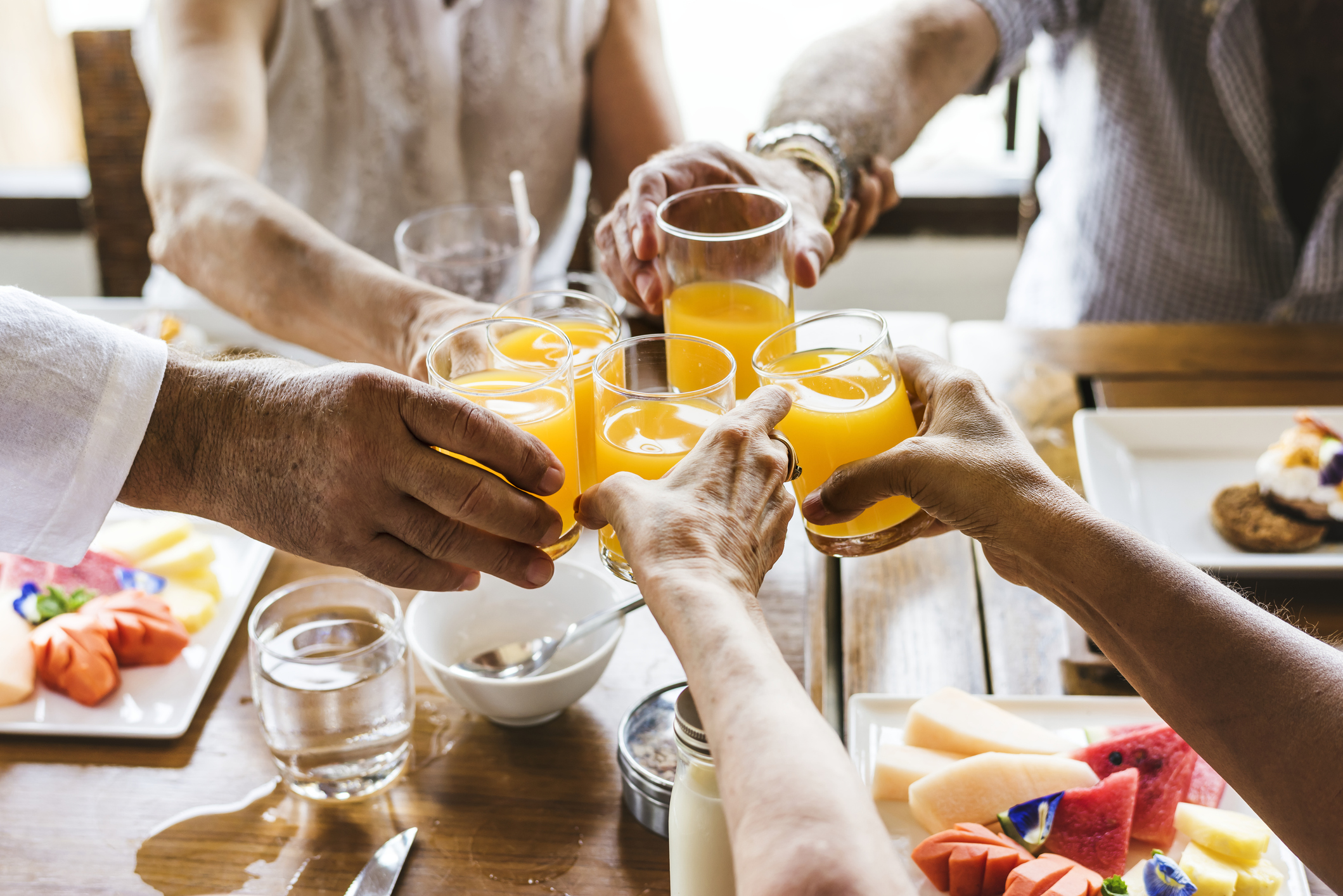In the world of Meetings, Incentives, Conferences, and Exhibitions (MICE), success hinges not only on delivering information or logistics, but on creating meaningful, memorable experiences that create connection.
One of the most powerful yet often underestimated tools to achieve this is food. The psychology of food reveals that shared meals go far beyond nutrition, they drive human connection, emotional bonds and cultural exchange.
Shared meals create natural opportunities for networking, spark conversations that lead to new partnerships, and form the foundation for relationships that extend far beyond the event itself. The stories that begin over a meal can be told and retold for years, often becoming the most memorable moments of the entire experience.
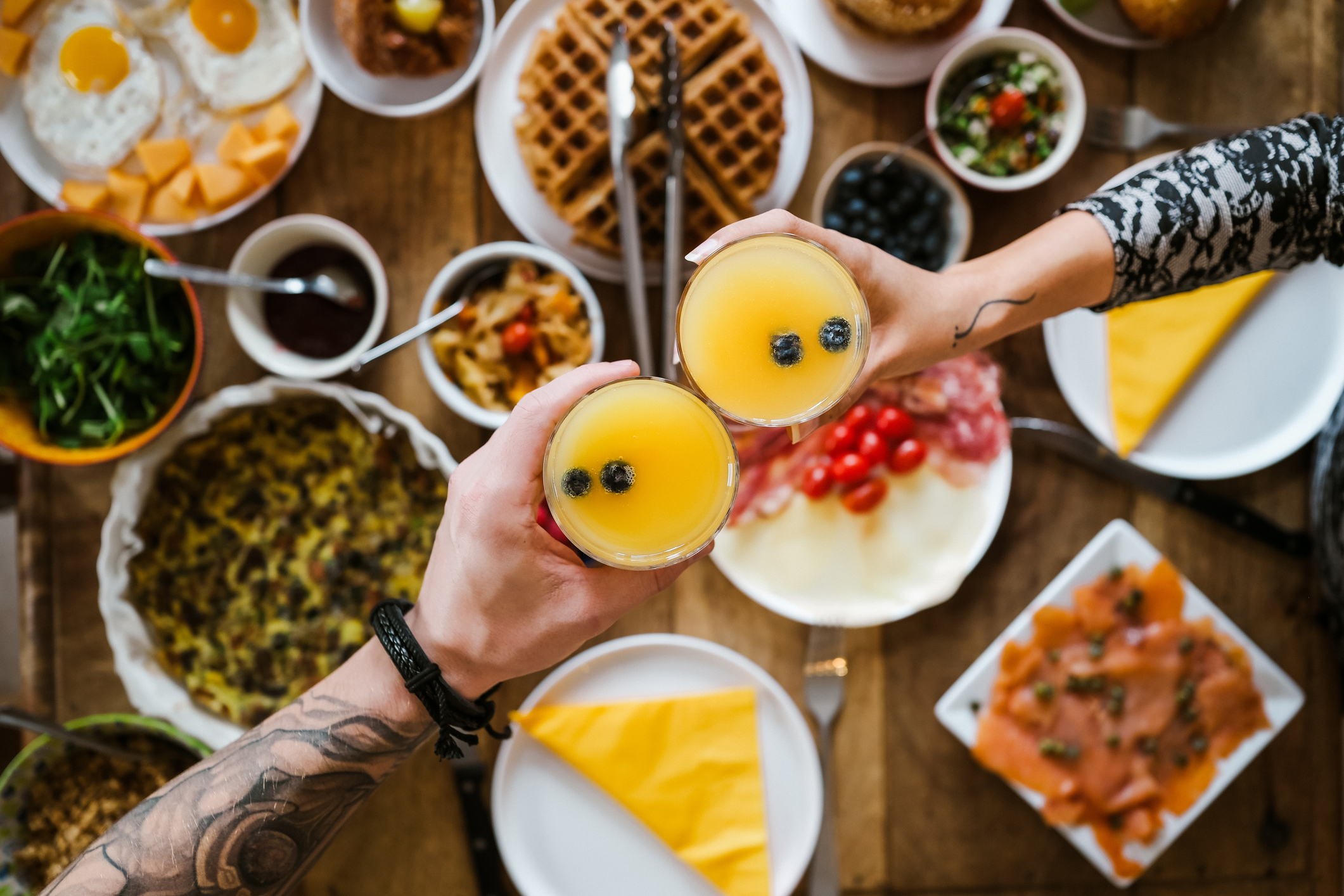
The social glue
Psychologically, food has always acted as a social function. In MICE events, where professionals from diverse backgrounds come together, food becomes a common ground and an instant icebreaker.
Research in behavioural science shows that people are more likely to build rapport and collaborate effectively when they share a meal. Oxytocin, the “bonding hormone,” is released during shared eating experiences, promoting feelings of trust and camaraderie. For networking lunches, gala dinners, or casual coffee breaks, this hormone-driven social openness is gold, particularly in environments where forging business relationships is a key objective.
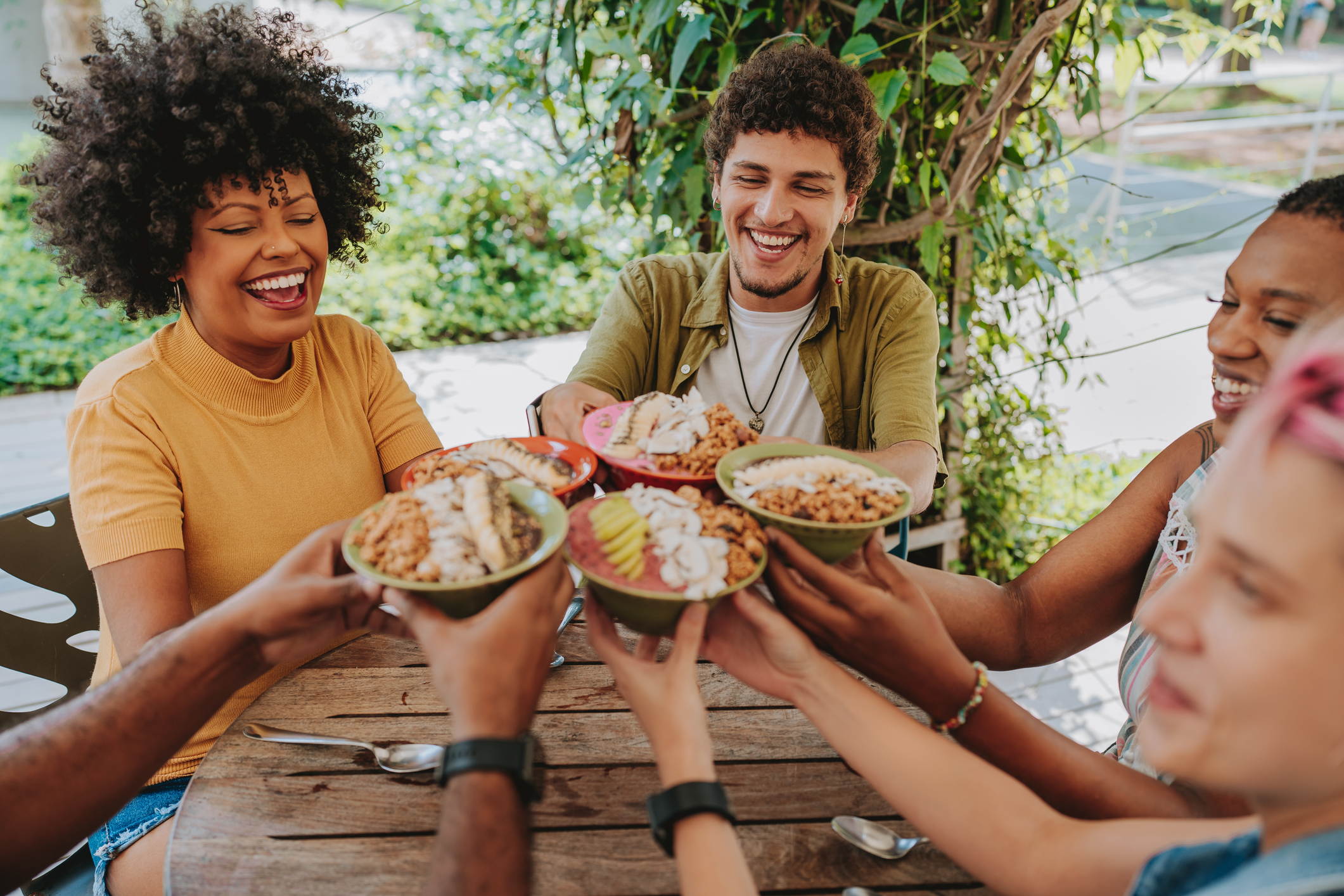
Experience and memory
Food is uniquely positioned to create lasting emotional impressions. Taste and smell are closely linked to memory and emotion in the brain’s limbic system. In a MICE setting where delegates might attend multiple conferences per year, a curated food experience can be the detail that sets an event apart and anchors it in memory.
Whether it’s a regionally inspired lunch highlighting local flavors, an interactive food station at a trade fair, or a beautifully plated gala dinner, food contributes significantly to the overall emotional footprint of an event. When delegates recall their experience months later, it’s often not the keynote speaker they remember first but the incredible dessert or the conversation sparked over dinner.
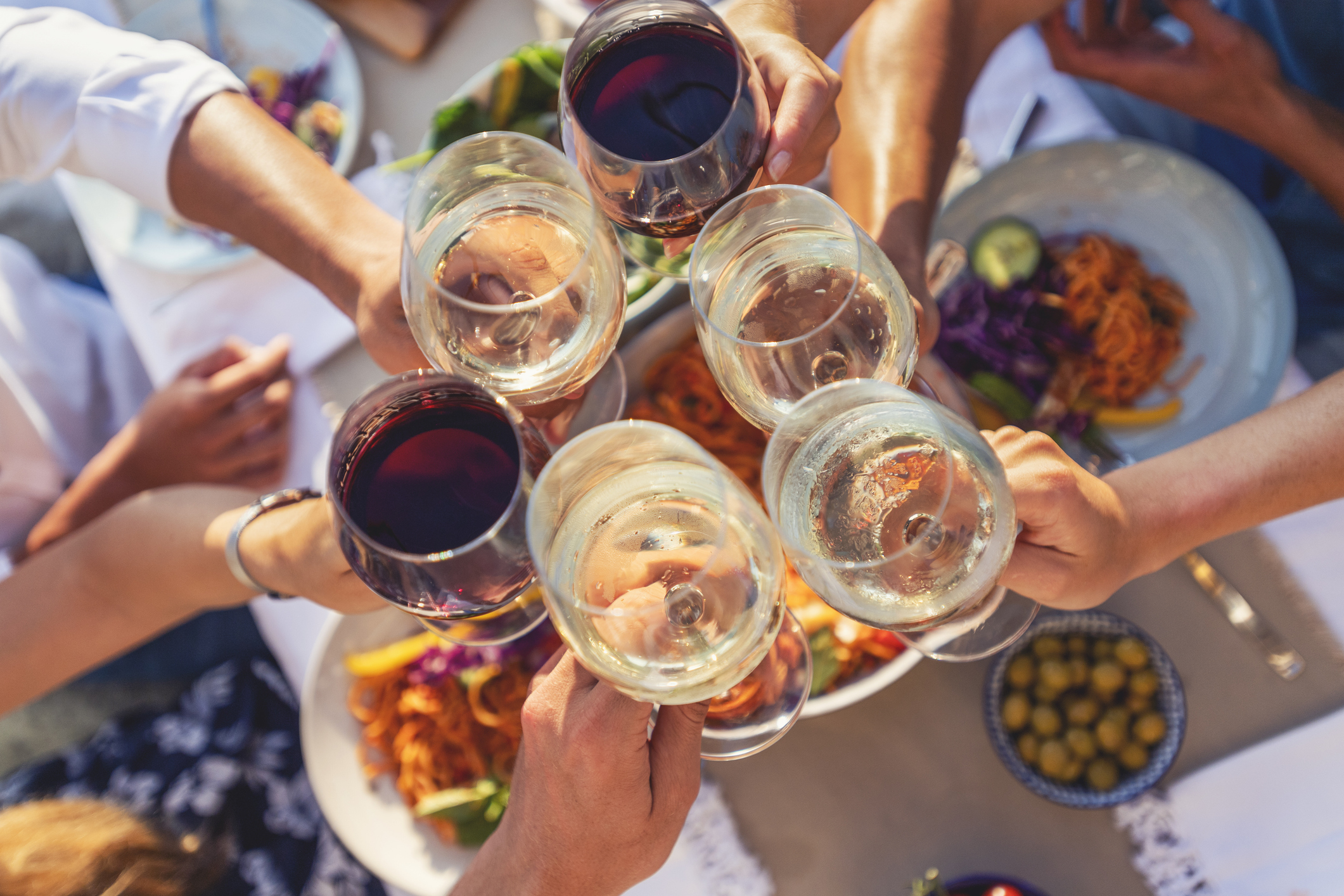
Enhancing engagement
Even in the MICE sector, it is not just food. Food is never just a way to fill hunger, it is a strategy to create engagement and curate moments that delegates will remember, it’s about community.
According to psychologists, coffee breaks, happy hours and snack stations can also act as cognitive reset points. They allow attendees to recharge, reflect on what they’ve learned, and prepare for the next session with renewed focus. These pauses aren’t distractions they’re essential components of event rhythm and retention.
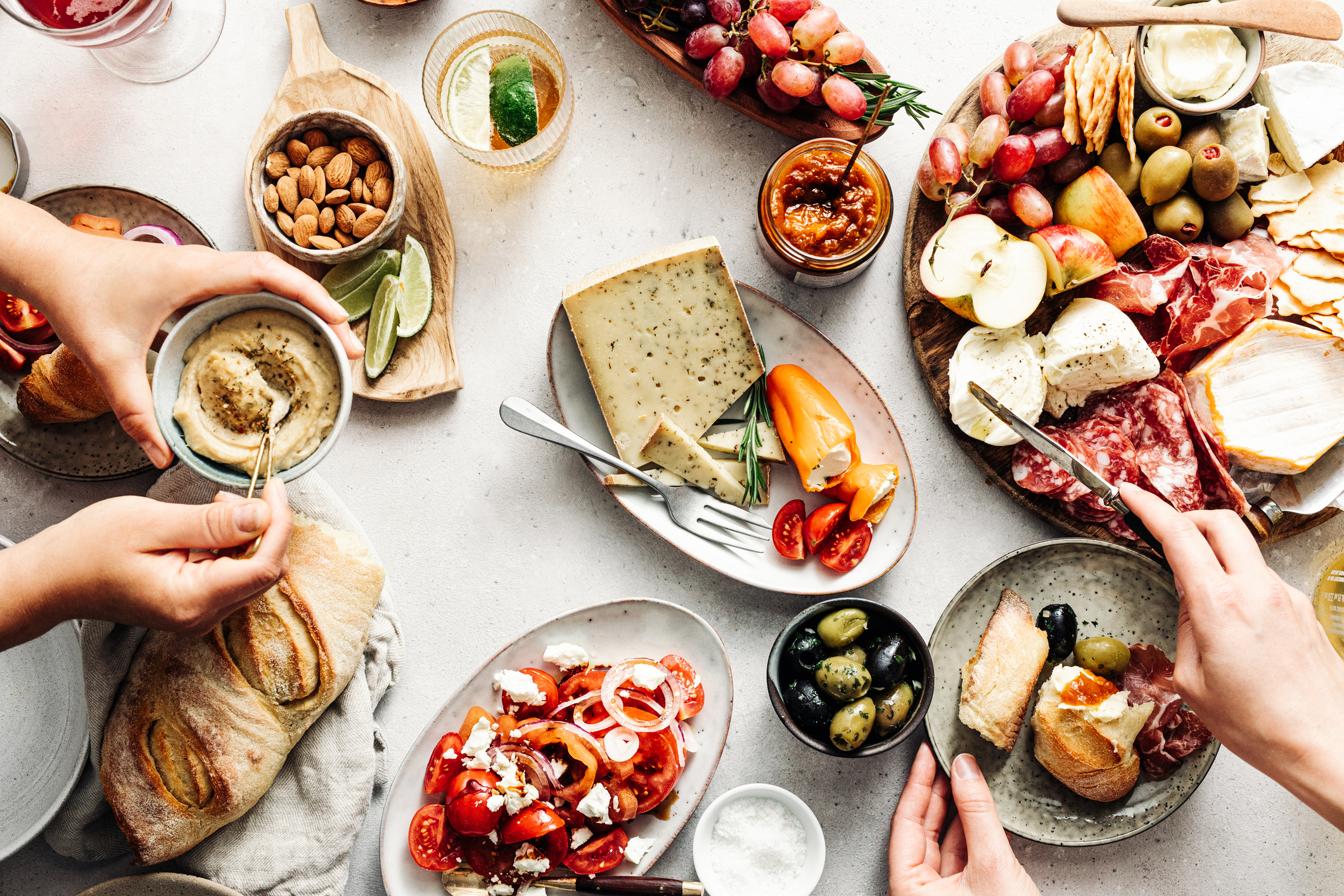
The ROI of food in MICE events
While it may be tempting to view food as just a line item in the budget, event planners understand that food has a high return on investment. It improves attendee satisfaction, lengthens dwell time at exhibitions, increases networking success, and even boosts brand perception.
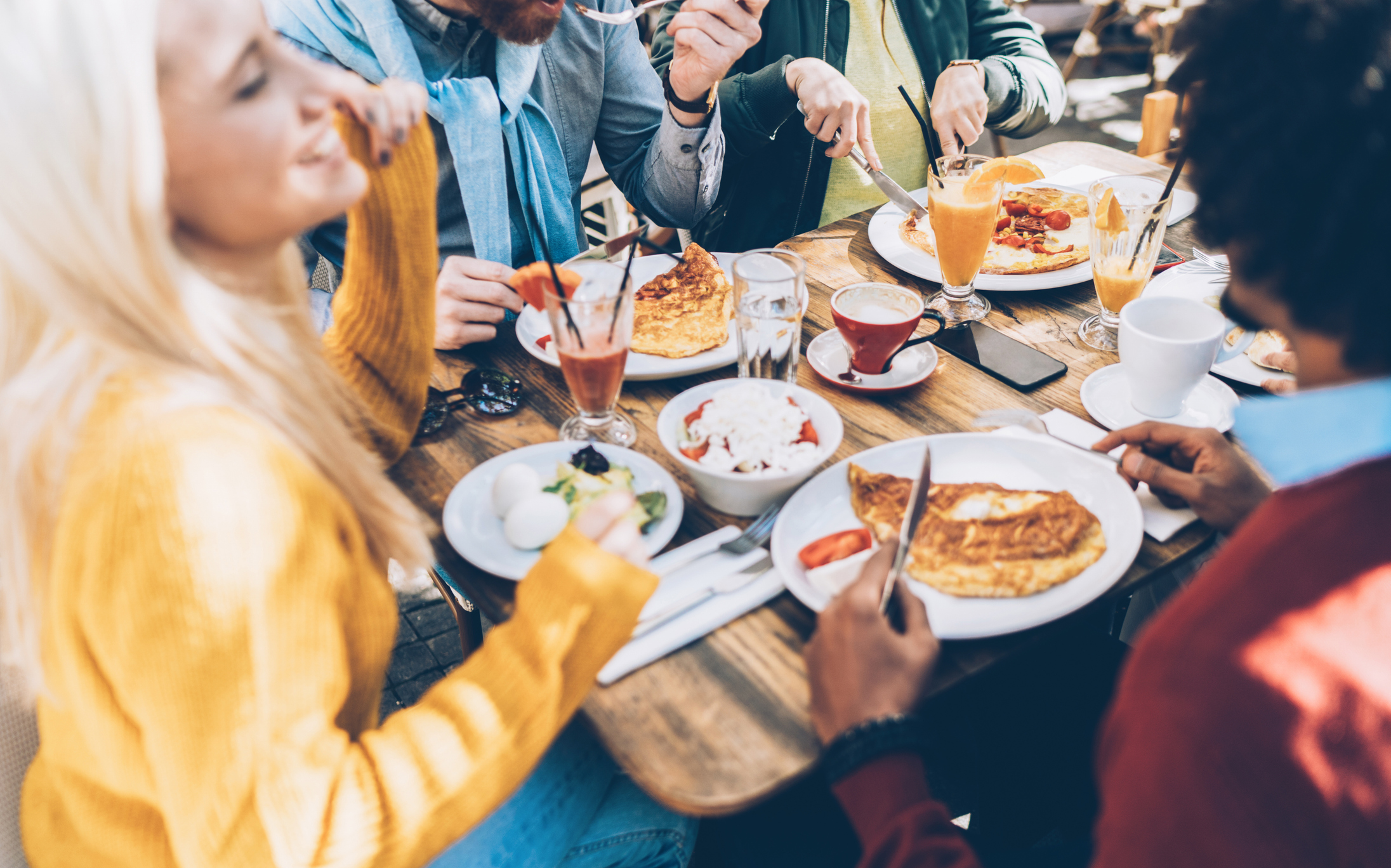
Here’s how MICE professionals can leverage the psychology of food to their advantage:
Design networking opportunities around meals.
Create shareable food moments.
Use food to reinforce themes.
Plan with inclusivity in mind.
Understanding the psychology of food allows event professionals to design experiences that foster connection, build community, and leave lasting impressions. When done well, the culinary component of an event transforms from a passive offering to an active, memorable, and strategic part of the delegate journey.
